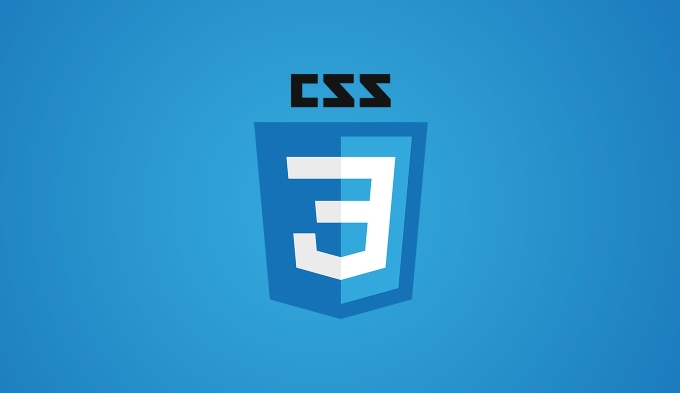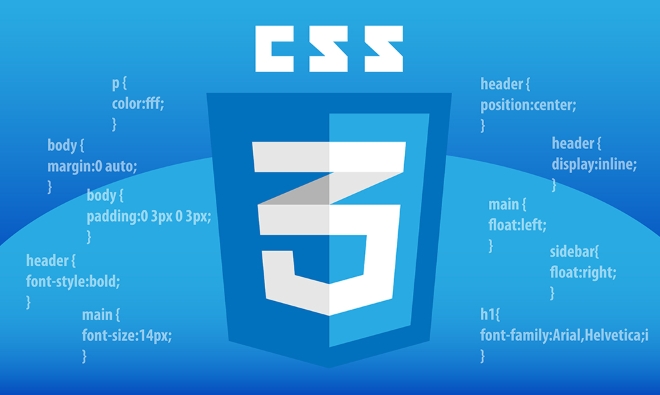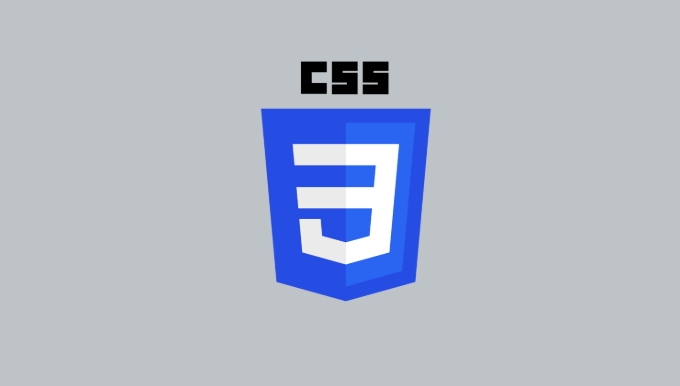To use CSS attributes to control variable font styles, you need to master four core methods. 1. Use font-weight to set the numerical values ??from 1 to 1000 to finely control the word weight, such as p { font-weight: 450; }; 2. Use font-stretch to adjust the font width in percentage, such as .title { font-stretch: 110%; }; 3. Use font-style to combine font-variation-settings to achieve tilt or custom axis adjustment, such as .emphasis { font-variation-settings: "slnt" 20; }; 4. Combine multi-axis parameters to optimize visual effects, such as .custom-style to set the word weight, width and custom axis at the same time, but it is necessary to avoid affecting readability. These properties provide a high level of control over variable fonts and are suitable for different design needs.

Using CSS attributes to control the style of variable fonts is actually not complicated. The key is to understand several core attributes and their relationship. Variable Fonts are more flexible than traditional fonts. They can achieve multiple changes in word weight, width, tilt, etc. with just one font file, but how to truly "use" it well in a web page still depends on some specific CSS attributes.

1. Use font-weight to control the font thickness range
While you may already be familiar with font-weight , it works more granularly in variable fonts. You can use values ??from 1 to 1000 to define word weights, not just normal or bold .

for example:
p {
font-weight: 450;
}
h1 {
font-weight: 780;
}This allows for more detailed adjustment of thickness and makes the design look more natural. Some fonts even support continuous transitions, which means you can change the font weight dynamically through animation or interaction.

2. Set font-stretch to achieve font width adjustment
font-stretch allows you to stretch or compress the width of a font, usually expressed in percentages, such as 50% to 200% . This property is ideal for optimizing the typography space, especially in responsive layouts.
Example:
.title {
font-stretch: 110%;
}
.narrow-text {
font-stretch: 85%;
} Note: Not all fonts support a complete font-stretch range, it is best to check the font document before use.
3. Use font-style and font-variation-settings to implement tilt and custom axis
In addition to the common italic , some variable fonts also support custom italic angles or other style variations. At this time, font-variation-settings is needed.
For example:
.emphasis {
font-style: italic;
font-variation-settings: "slnt" 20;
} Here "slnt" is the identifier of the slope axis, and the larger the value, the more tilted the font. Of course, other custom axes can also be controlled, such as "opsz" (optical size), "wdth" (width), etc.
However, it should be noted that font-variation-settings is more like a "understanding API" and is suitable for high-end customization. If you just want to simply set italics or thickness, it is recommended to use standard attributes first.
4. Use multiple axes in combination to get the best results
One of the charms of variable fonts is multi-axis linkage. You can adjust multiple parameters such as word weight, width, slope, etc. at the same time to obtain a richer visual level.
for example:
.custom-style {
font-weight: 600;
font-stretch: 90%;
font-variation-settings: "slnt" 10, "opsz" 14;
}This approach is suitable for scenarios where a highly customized font style is required, such as title or brand copywriting. But be careful not to over-adjust to avoid affecting readability.
Overall, CSS provides tools that are powerful enough to control the performance of variable fonts. As long as you understand the role of each attribute and use it reasonably in combination with actual needs, you can easily give full play to the advantages of variable fonts. Basically all that is, it's not difficult but there are a lot of details.
The above is the detailed content of Styling Variable Fonts using CSS properties. For more information, please follow other related articles on the PHP Chinese website!

Hot AI Tools

Undress AI Tool
Undress images for free

Undresser.AI Undress
AI-powered app for creating realistic nude photos

AI Clothes Remover
Online AI tool for removing clothes from photos.

Clothoff.io
AI clothes remover

Video Face Swap
Swap faces in any video effortlessly with our completely free AI face swap tool!

Hot Article

Hot Tools

Notepad++7.3.1
Easy-to-use and free code editor

SublimeText3 Chinese version
Chinese version, very easy to use

Zend Studio 13.0.1
Powerful PHP integrated development environment

Dreamweaver CS6
Visual web development tools

SublimeText3 Mac version
God-level code editing software (SublimeText3)

Hot Topics
 How can I include CSS only on some pages?
Jun 11, 2025 am 12:01 AM
How can I include CSS only on some pages?
Jun 11, 2025 am 12:01 AM
There are three ways to selectively include CSS on a specific page: 1. Inline CSS, suitable for pages that are not frequently accessed or require unique styles; 2. Load external CSS files using JavaScript conditions, suitable for situations where flexibility is required; 3. Containment on the server side, suitable for scenarios using server-side languages. This approach can optimize website performance and maintainability, but requires balance of modularity and performance.
 Flexbox vs Grid: Understanding the Key Differences in CSS Layout
Jun 10, 2025 am 12:03 AM
Flexbox vs Grid: Understanding the Key Differences in CSS Layout
Jun 10, 2025 am 12:03 AM
Flexboxisidealforone-dimensionallayouts,whileGridsuitstwo-dimensional,complexlayouts.UseFlexboxforaligningitemsinasingleaxisandGridforprecisecontroloverrowsandcolumnsinintricatedesigns.
 Creating an Auto-Closing Notification With an HTML Popover
Jun 10, 2025 am 09:45 AM
Creating an Auto-Closing Notification With an HTML Popover
Jun 10, 2025 am 09:45 AM
The HTML popover attribute transforms elements into top-layer elements that can be opened and closed with a button or JavaScript. Popovers can be dismissed a number of ways, but there is no option to auto-close them. Preethi has a technique you can u
 What is 'render-blocking CSS'?
Jun 24, 2025 am 12:42 AM
What is 'render-blocking CSS'?
Jun 24, 2025 am 12:42 AM
CSS blocks page rendering because browsers view inline and external CSS as key resources by default, especially with imported stylesheets, header large amounts of inline CSS, and unoptimized media query styles. 1. Extract critical CSS and embed it into HTML; 2. Delay loading non-critical CSS through JavaScript; 3. Use media attributes to optimize loading such as print styles; 4. Compress and merge CSS to reduce requests. It is recommended to use tools to extract key CSS, combine rel="preload" asynchronous loading, and use media delayed loading reasonably to avoid excessive splitting and complex script control.
 How to use Lotties in Figma
Jun 14, 2025 am 10:17 AM
How to use Lotties in Figma
Jun 14, 2025 am 10:17 AM
In the following tutorial, I will show you how to create Lottie animations in Figma. We'll use two colorful designs to exmplify how you can animate in Figma, and then I'll show you how to go from Figma to Lottie animations. All you need is a free Fig
 Breaking Boundaries: Building a Tangram Puzzle With (S)CSS
Jun 13, 2025 am 11:33 AM
Breaking Boundaries: Building a Tangram Puzzle With (S)CSS
Jun 13, 2025 am 11:33 AM
We put it to the test and it turns out Sass can replace JavaScript, at least when it comes to low-level logic and puzzle behavior. With nothing but maps, mixins, functions, and a whole lot of math, we managed to bring our Tangram puzzle to life, no J
 External vs. Internal CSS: What's the Best Approach?
Jun 20, 2025 am 12:45 AM
External vs. Internal CSS: What's the Best Approach?
Jun 20, 2025 am 12:45 AM
ThebestapproachforCSSdependsontheproject'sspecificneeds.Forlargerprojects,externalCSSisbetterduetomaintainabilityandreusability;forsmallerprojectsorsingle-pageapplications,internalCSSmightbemoresuitable.It'scrucialtobalanceprojectsize,performanceneed
 Does my CSS must be on lower case?
Jun 19, 2025 am 12:29 AM
Does my CSS must be on lower case?
Jun 19, 2025 am 12:29 AM
No,CSSdoesnothavetobeinlowercase.However,usinglowercaseisrecommendedfor:1)Consistencyandreadability,2)Avoidingerrorsinrelatedtechnologies,3)Potentialperformancebenefits,and4)Improvedcollaborationwithinteams.






